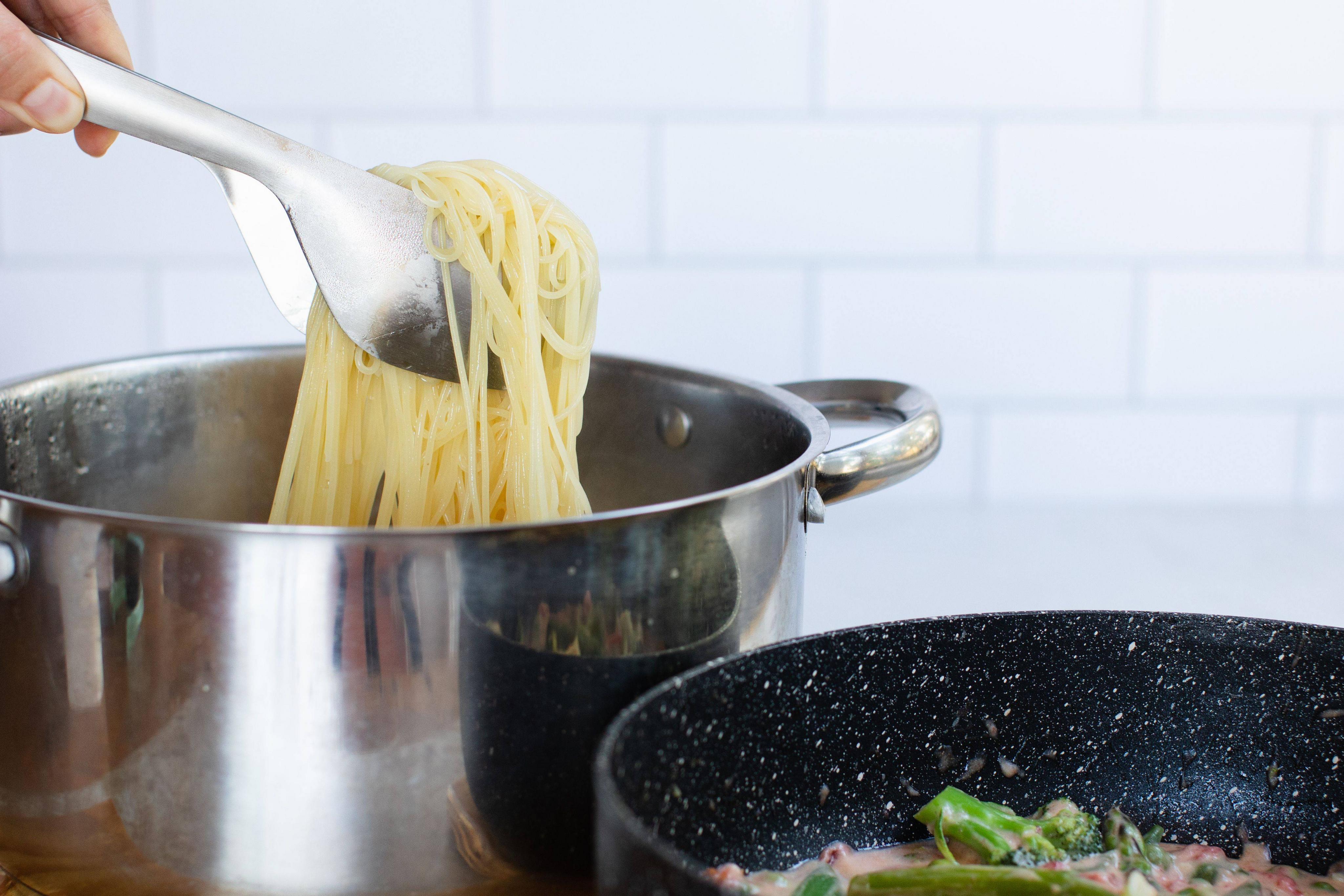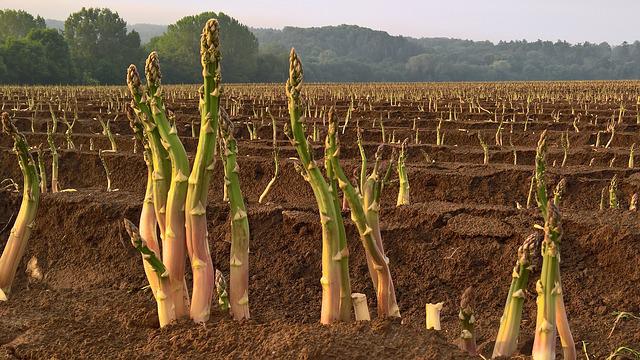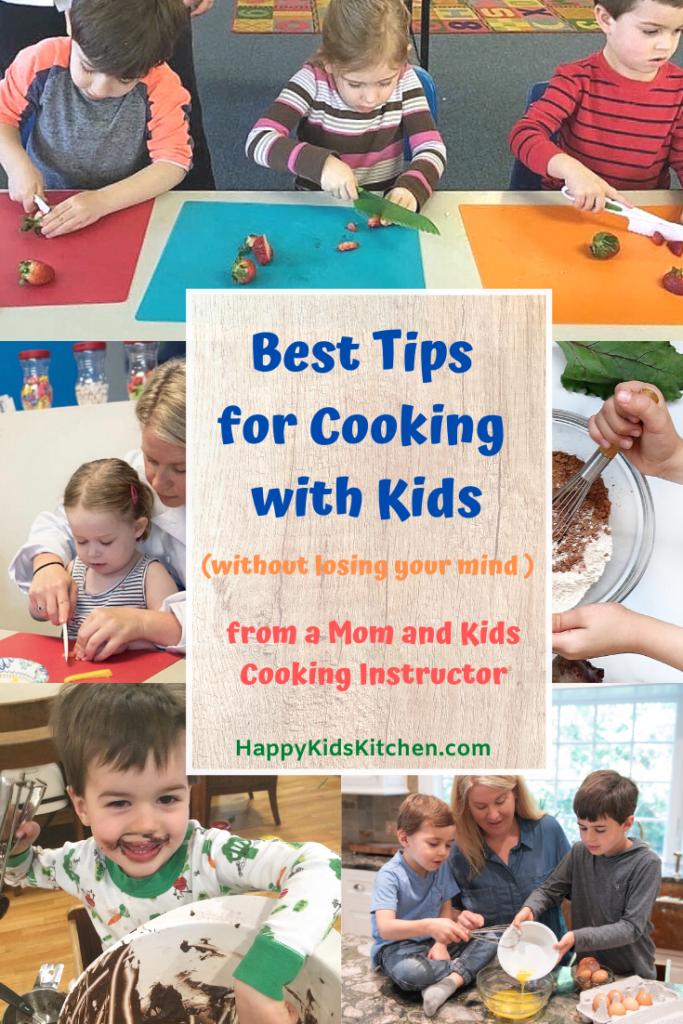
My last article discussed the importance cooking skills 101. I also explained how Chef de Cuisine Joey Delago shares each task and associated skill in his class. I discussed the task-centred categories of cooking skills and their applications, including Activating yeast and making stocks. These skills are vital for any cook and a list will help you decide which ones you should learn. In this article I will talk about the skills you should acquire before you embark on your next culinary adventure.
Chef de Cuisine Joey DeLago's cooking skills 101 class
Chef de Cuisine Joey DeLago's 101 cooking skills class will teach you how to cook like a pro. This hands-on class will help you master the fundamental culinary skills needed to create a multi-course meal. Joey will give tips on timing, preparation, presentation, and planning. You can also share your final meal with other home chefs.
Skills in cooking that are task-specific
The Food Agency defines cooking skills as a set of knowledge, skills, and practices that facilitate a nutritious diet. While this framework recognizes the importance of healthy eating habits, it also acknowledges that many obstacles can be found in the environment. It focuses on developing food skills by identifying the most appropriate measures. These measures should be clear and easy to comprehend, linked to other domains, applicable to a wide range sociodemographic levels, and easily applied. These four categories aim to address some the most pressing problems in the field of food skills.

Activating yeast
You will need to know how activate yeast if you want to use it in your cooking. To activate your yeast, you can heat tap water and run hot water through it. You may need to add sugar to some yeast cases. Here are some tips that will help activate your yeast. When the yeast reaches a bubbly stage, it is ready for use. It is essential to activate yeast during cooking for baking success.
Making stocks
Stock can give your dishes more depth and flavor. Stocks can be made using vegetables, meat, and seafood. While you can make your own stock using bottled water, it is better to use the filtered water available at the grocery store. There are many stock-making methods, so make sure you know what to do.
Whipping cream
Whipping cream can be used to decorate cakes and other desserts. This classic dessert is simple to make but you need to be careful. It's not ice cream. Whipping cream should not have a stiff consistency. Instead, it should have a soft, fluffy peak that sticks to your whisk but doesn't melt right away. Soft peaks can be achieved by beating the cream with an electric whisk until it retains its shape.

Melting chocolate
If you want to create delicious desserts, then learning how to melt chocolate should be on your list. This can be a difficult task so we have some tips to help you make it easier. You must first know the right technique. There are two ways to melt chocolate: double boiler method and the microwave method. Double boiler method involves using a heatproof bowl or pan with a glass or stainless steel bottom nestled over a saucepan of simmering water. This method should be used slowly, and you should avoid allowing the water to splash into the bowl.
FAQ
What Are the Requirements To Be a Chef?
To be a chef you need a bachelor's level in culinary arts. A series of tests must be passed by the ACF. After completing these requirements, you will be awarded a certificate that confirms your qualifications.
What skills are required to enter a culinary school?
A chef's job requires you to be able cook well under pressure and understand food safety regulations. To learn how to cook, you should take cooking classes at your local high school or community college. After you have learned the basics, you can apply for jobs in a restaurant or catering business.
What's the best way to keep leftovers safe?
Tupperware containers can be used to store leftovers. These containers keep foods fresh and prevent odors from forming. They can also keep food warm longer. Leftover food can be frozen in freezer bags. When freezing food, place the bag inside another freezer bag so that air doesn't escape. After the food is frozen, place it in a sealed container like a ziplock bag.
How long does learning to cook take? How much time do I need?
It depends on the skill level. Some people can pick up basic cooking techniques within a day or two. Others may take months or years to master the basics of cooking.
The amount of time needed to learn to cook varies considerably based on the person. For example, someone who has never cooked before would probably need more time than someone who cooks regularly. Some types of cooking are more difficult than others. Baking, for example, requires more experience than frying.
A specific technique will help you cook faster. Once you are proficient in that technique, you can move onto the next one. It doesn't matter how long it takes to master a particular technique. Keep practicing and enjoying the process.
What is the minimum requirement to become a chef?
No. No. Some even went to culinary schools to gain practical experience. But most chefs prefer culinary school as it offers them more opportunities for learning and growth. Culinary schools offer students hands-on training, which helps them build valuable skills and improve their cooking knowledge.
Statistics
- under 10 Kids have been taught that there is special food just for them, and Fiese says that 10 percent of kids will throw a tantrum if they don't get the food they want. (washingtonpost.com)
- On average, chefs earn $58,740 a year, according to the BLS. - learnhowtobecome.org
- According to the BLS, chefs earn $58,740 a year. (learnhowtobecome.org)
External Links
How To
How to make a perfect omelet
Omelets are my favorite breakfast dish. But how do they turn out so perfectly? I've tried many recipes and different methods but none have worked. So I am sharing some tips and tricks today to help you make fluffy, delicious omelets every morning.
When making omelets, it is important to be aware that eggs can be temperamental. It is important that eggs are fresh from an organic market and kept cool until used. You must keep them cool enough to allow the whites to form properly and the yolks to become too runny if they're not kept at the right temperature. This will make your omelets appear strangely colored. If you want to make omelets right away, it's best not to use eggs that are too cold.
Another tip is to separate your egg before adding it into the pan. You don't want any white to get mixed up with the yolk because this could cause the omelet to curdle.
The bottom part of an egg that is added directly to the stovetop might be burned, which could cause a ruined texture in your omelet. Instead, put the egg in the microwave for 10 seconds before putting it into the pan. The microwave heat is sufficient to cook the egg without overcooking.
Next, let us talk about how to mix the eggs. When you mix eggs together, you want to beat them well. You need to turn the bowl of the mixer upside down. Now shake the bowl vigorously. This way, the air inside the bowl gets whipped around and mixes the egg thoroughly.
Now comes the fun part - pouring the milk into the mixture. The first step is to pour half of the milk in the beaten eggs. Next, fold the eggs into the remaining milk. Do not worry if you see streaks of egg; they will disappear when the omelet is flipped.
After folding the eggs fold the pan onto medium heat. When the oil starts to hot, wait for the pan to cook. Once the oil has gotten hot, add 1/4 cup of butter and swirl it around so that the entire pan is coated. Carefully open the pan's lid and add salt to the pan. A pinch of salt will prevent your omelet from sticking in the pan.
Cover the pan once the omelet is formed and allow it to cool completely. Flip the omelet with a spatula, or flip it upside down. Cook the other half for another minute. Take out the omelet and place it in a bowl.
This recipe works best using whole milk. Skimmed milk is also possible.